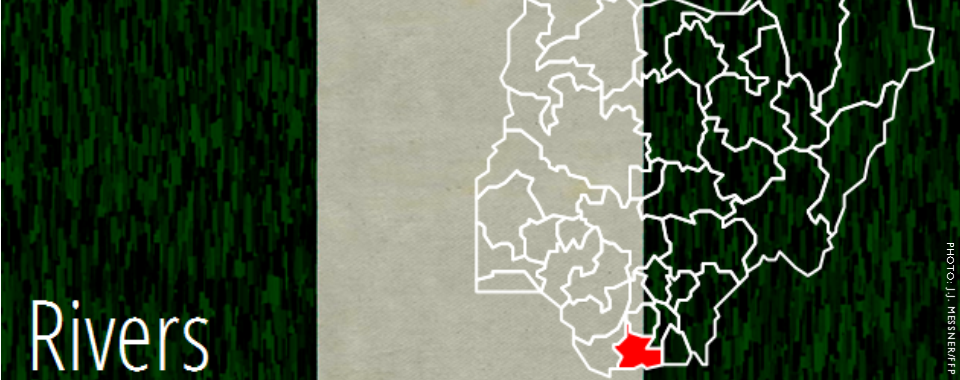BY NATE HAKEN AND PATRICIA TAFT* Since May 2013, political tensions were high in Rivers State after the disputed Nigerian Governor’s Forum election. Formerly a member of the PDP, Governor Rotimi Amaechi, who is from Ikwerre (Rivers East Senatorial District), switched affiliation to the APC in November 2013. Despite the zoning formula, which would have […]
Tag Archives: Conflict Bulletin
Conflict Bulletin: Akwa Ibom State – Patterns and Trends, 2012-2015
- 20 August 2015
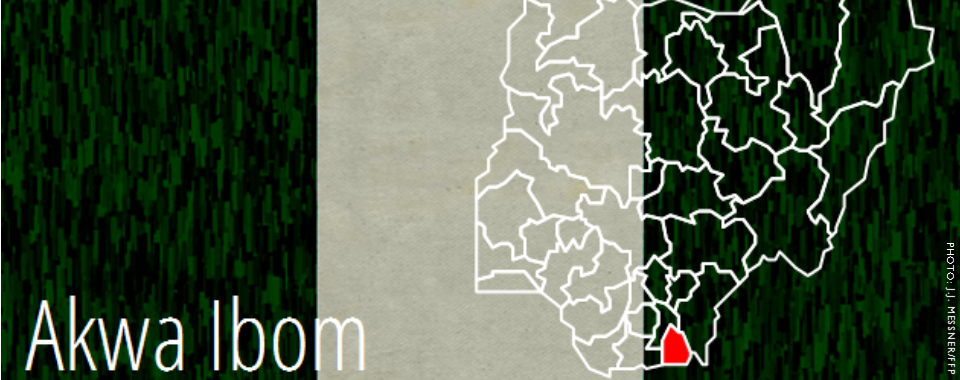
BY NATE HAKEN AND PATRICIA TAFT* Overall, between 2012-2015, Akwa Ibom was the second most peaceful state in the Niger Delta region as measured by reported fatalities per capita. Udom Emmanuel of the People’s Democratic Party (PDP) won the gubernatorial election in April 2015, to replace outgoing Governor Godswill Akpabio (also PDP) who was elected […]
Conflict Bulletin: Delta State – Patterns and Trends, 2012-2015
- 19 August 2015

BY NATE HAKEN AND PATRICIA TAFT Although the 2009 Amnesty Program was instrumental in reducing violence and fatalities associated with militancy, since 2012 Delta has been the most violent Niger Delta state as measured by conflict fatalities per-capita. Conflict risk incidents in Delta State during this period included gang violence, criminality, vigilante/mob justice, communal violence, […]
Conflict Bulletin: Abia State – Patterns and Trends, 2012-2015
- 19 August 2015
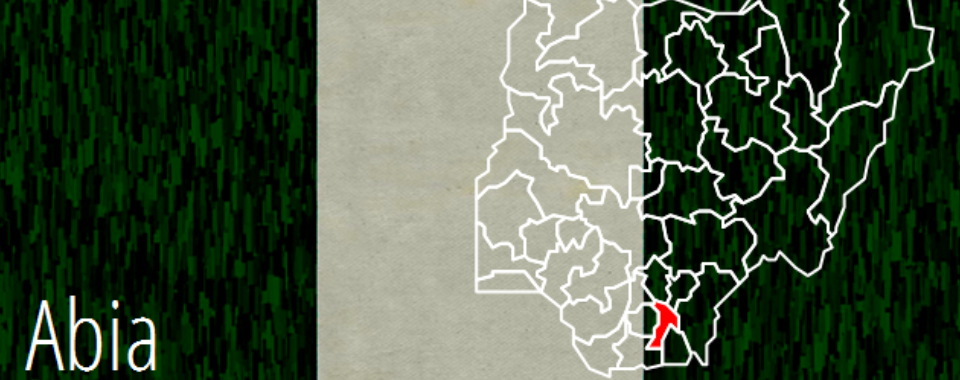
BY NATE HAKEN AND PATRICIA TAFT* Since 2012, Abia has been the most peaceful state in the Niger Delta overall, as measured by fatalities per capita. In the 2015 gubernatorial elections, Okezie Ikpeazu, of the People’s Democratic Party (PDP) was elected to replace outgoing Governor Theordore Orji (also PDP) in the second round of voting, […]
Conflict Briefing: Conflict Prevention in Rivers Following Election Violence
- 19 August 2015
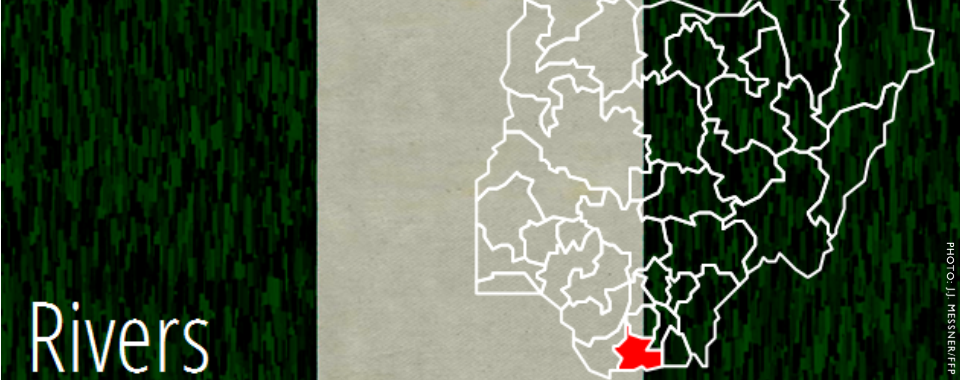
BY THE FUND FOR PEACE AND PARTNERSHIP INITIATIVES IN THE NIGER DELTA The Nigerian Presidential and National Assembly elections of March 2015 were widely praised by international observers as free and fair, with relatively peaceful outcomes across most states. However, among those states with elevated levels of political conflict was Rivers, where tension has cascaded […]
Conflict Bulletin: Imo State – Patterns and Trends, 2012-2015
- 10 August 2015

BY NATE HAKEN AND PATRICIA TAFT* Imo state has a population of approximately 3.9 million people, according to the 2006 census. The population is predominantly Igbo (98%). The capital city of Owerri is the largest in the state. Imo is made up of 27 Local Government Areas (LGAs). Natural resources include palm oil, mahogany, crude […]
Growing Insecurity in Rivers: Impacts of Re-Run Elections
- 14 June 2015
BY FUND FOR PEACE AND PARTNERSHIP INITIATIVES IN THE NIGER DELTA (PIND) Elections have been a cyclical driver of conflict risk and violence in Rivers state since 1999. The state was reported to have had the highest number of violent incidents during the 2015 general elections in Nigeria. In the lead-up and aftermath of the […]
Conflict Bulletin: Rivers State – Patterns and Trends, 2012-2014
- 08 May 2015

BY NATE HAKEN AND PATRICIA TAFT* Among the largest of the oil-producing Nigerian states, Rivers had been at the heart of the Niger Delta militancy until 2009. Now the state remains beset with a different array of political, communal, and criminal issues, including cult and gang-related violence, protests, and kidnappings. Rivers was a pivotal state […]
Conflict Bulletin: Imo State – Patterns and Trends, 2012-2014
- 08 May 2015
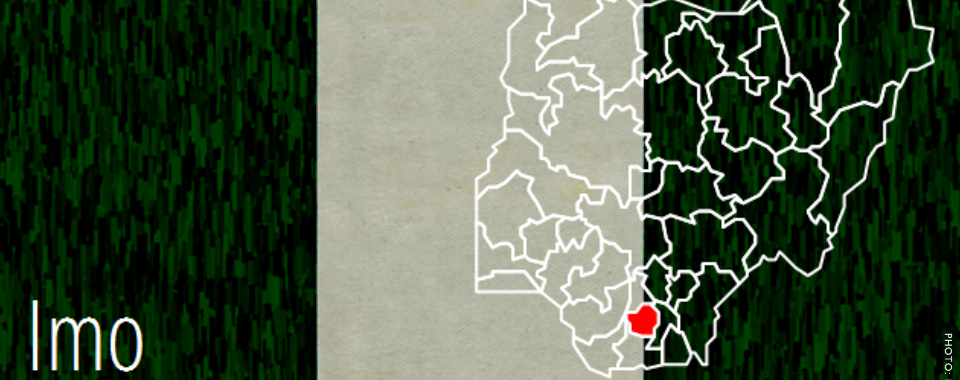
BY NATE HAKEN AND PATRICIA TAFT* Imo state has a population of approximately 3.9 million people, according to the 2006 census. The population is predominantly Igbo (98%). The capital city of Owerri is the largest in the state. Imo is made up of 27 Local Government Areas (LGAs). Natural resources include palm oil, mahogany, crude […]
Conflict Bulletin: Edo State – Patterns and Trends, 2012-2014
- 08 May 2015
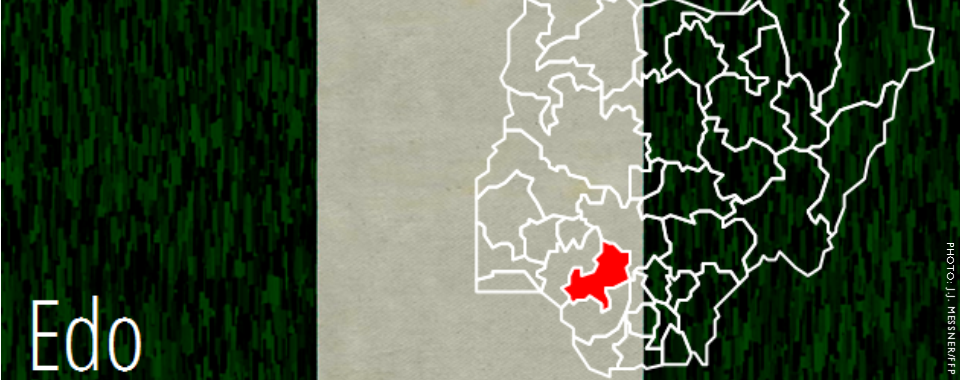
BY NATE HAKEN AND PATRICIA TAFT* Landlocked between Ondo, Kogi and Delta States, Edo is home to about 3.2 million people (2006 census), predominantly of Edo, Bini, Owan, Esan, and Afemai background. Edo’s economy centers on agriculture, including food crops such as yams, cassava, rice or maize and cash crops such as rubber, palm oil, […]
